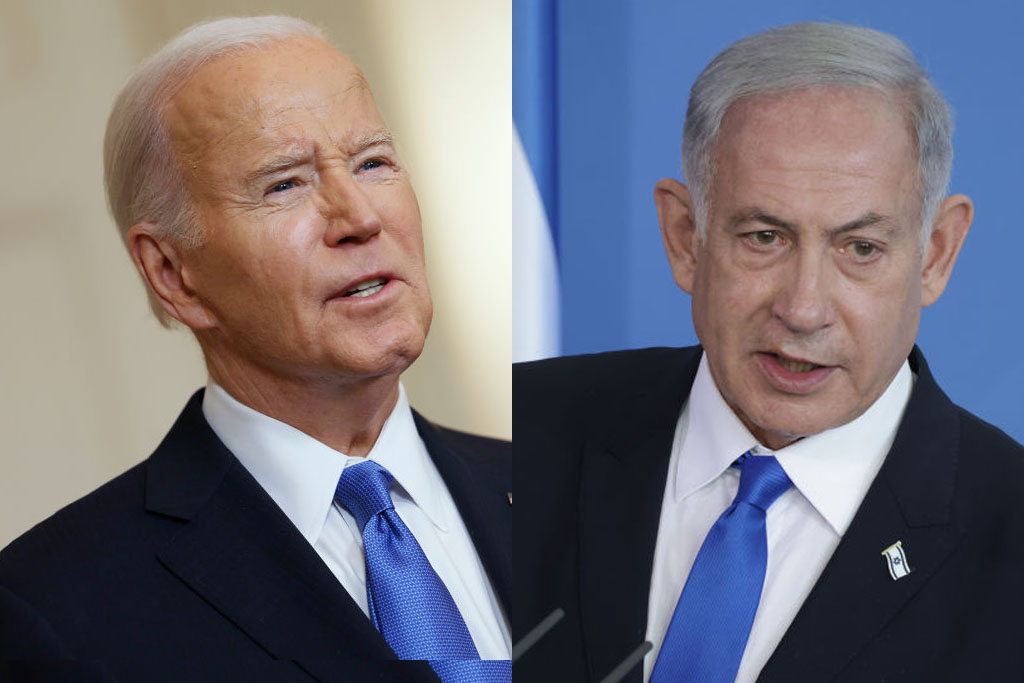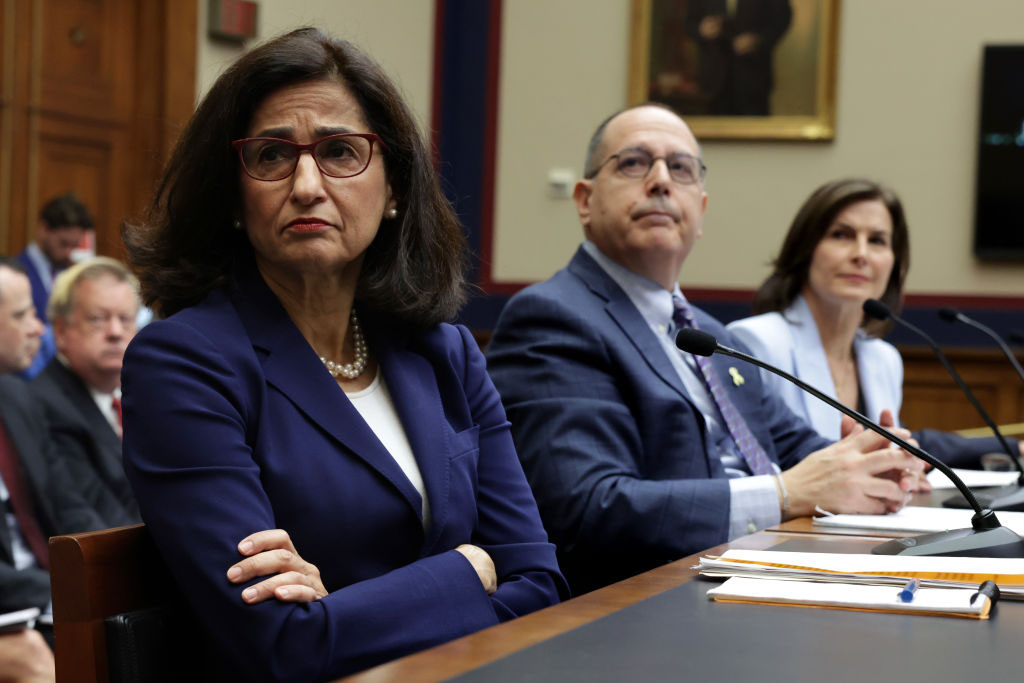Over my 30-plus years of participating in Jewish organizations, I cannot begin to count the numbers of times I’ve heard the question, “…but is it a Jewish issue?” And of course, using Jewish logic one can, and the community does, find a way to make whatever is being discussed a Jewish issue. My former boss, Mayor Tom Bradley, summed it up neatly when asked that question. “If it affects the community at large,” he firmly stated, “then it’s a Jewish issue.”
Therefore, helping to save public education in Los Angeles is a Jewish issue. With a new reform-minded majority on the Board of Education and new, activist, reform-minded administrators at the helm, there is a real opportunity to turn the Los Angeles Unified School District around. If not now, when? If not now, never.
Years ago, hardly a Board of Education Meeting transpired without a spokesperson from the Jewish community speaking on some issue. In my almost three years as a Board Member, I can count on the fingers of one hand such appearances. It’s a shanda.
Some of the lack of interest, and some of the Jewish flight, is based on misinformation spread in articles meant to be positive. Such is the case in your recently printed “What’s the Jewish Stake in Los Angeles Unified School District?” (Feb. 25). I discount the self-serving statements of private school owners or employees. The darker the image of the district, the more they have to gain. Perpetuating myths results in statements such as the one you quoted, “I moved to a smaller house so I could send my child to school in Santa Monica so she will be safe.” Or, “… so my child will get an excellent education.” Incidentally, Santa Monica just cut the arts from its curriculum, a year after the LAUSD, under my initiative, developed and funded a 10-year plan to restore the arts to grades K through 12.
An anxious parent of a preschooler revealed he’d be reluctant to send his child to Wilbur Avenue Elementary School in Tarzana because he was worried about gun violence. In Tarzana? And south of the boulevard, no less! Has there ever been such an incident at that school? Of course not! And not in the overwhelming majority of schools in District 4, which covers the Westside from the Marina to Topanga to Crescent Heights, and the west Valley from Tarzana to Chatsworth.
Even in parts of the city where gun violence is an everyday occurrence, the incidents on or in close proximity to school grounds have decreased 80 percent over the last seven years. In some neighborhoods, the school campus, whether elementary, middle or high school, is the safe haven. The Board has zero tolerance for guns and drugs. Caught with either, you are expelled. Period. That policy has reduced the number of expulsions for such offenses. Of course, who can say that a nut with a gun won’t commit a horrible crime tomorrow someplace in the county? Look what happened at the West Valley Jewish Community Center.
Many schools in the LAUSD (especially in District 4) scored very high on the recently published Academic Performance Index. The API disclosed that schools in high socio-economic areas, where most parents have college or advance degrees scored much higher than those in neighborhoods where some parents have had no schooling, where much of the school population and their parents speak little or no English, and where kids are on free breakfast or lunch programs. Not exactly a startling revelation. However, there are many schools in middle-income neighborhoods that did well, too. Of course, the goal of this Board of Education and its leadership is to improve the level of academic achievement for all students. By changing the culture of the district to an emphasis on children, not an adult-oriented agenda, this board aims to do just that.
The API rates schools throughout the state on a scale of 1 to 10, 10 being the highest. Keep in mind that middle schools draw from several elementary schools, increasing the diversity in family economic and educational backgrounds. This is more evident in high schools, which, of course, receive students from at least two middle-schools. Many schools accommodate some children who are bussed from lower socio-economic areas because of overcrowded home schools.
What do all these numbers prove? Not much, except that they give a snapshot of how kids tested at a certain moment in time. It does demonstrate that the LAUSD has wonderful principals who are successful instructional leaders, dedicated, hard working teachers, and parents who do give a damn and are involved with their children’s education. Each school will be expected to improve over the next school year.
It also proves that you don’t have to send your kid to private school or move out of town to get your child a good education. One can take advantage of the magnet school program. There is open enrollment at many schools, so you don’t need to live in a fancy neighborhood to send your kids to school in such a community. However, the thought I’d like to leave you with is: The public school in your neighborhood is delivering a good to excellent education. Your participation in that school’s activities can help make it even better.
Valerie Fields is vice president of the LAUSD Board of Education. She represents District 4.






















 More news and opinions than at a Shabbat dinner, right in your inbox.
More news and opinions than at a Shabbat dinner, right in your inbox.